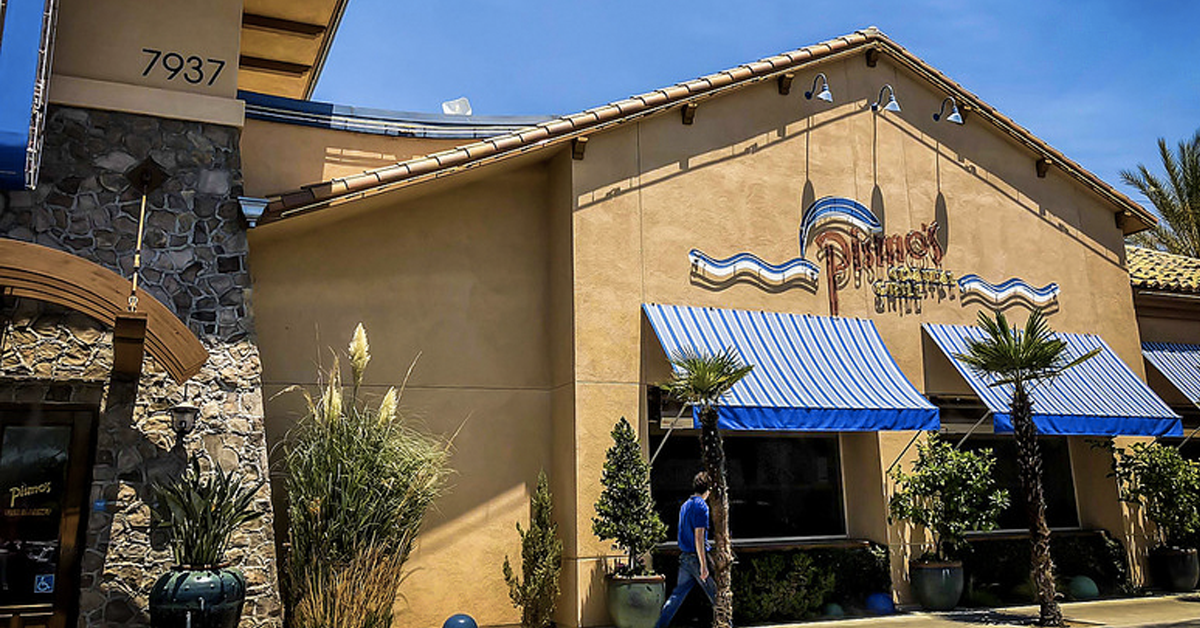Courting a Big Shot
Gap, Inc., of course, is the world-renowned clothing retailer based in San Francisco. Gap, Old Navy and Banana Republic are among its store brands. Company sales in 2016 hit $15.5 billion.
Gap was also a big-name company in the mid-1990s. Company officials at the time saw a future of clear skies and rising profits. It was, after all, the height of the dot.com frenzy. Money was just about everywhere.
Gap needed to build a strategically located distribution center on the West Coast.
Fresno in the mid-1990s was one of those places missing out on the dot.com bonanza. The city’s population had grown by 137,000 in the 1980s, and would jump another 75,000 in the 1990s. Good-paying jobs were scarce, and social distress was rampant. The city suffered through nearly 100 homicides a year in the mid-1990s. Gangs ruled many neighborhoods.
Jim Patterson took office as Fresno’s first strong mayor in January 1997. He had been mayor the previous four years, but that was under the council-manager government. Under that system, the mayor was elected citywide but was merely one vote on a seven-member city council. Fresnans in 1992 decided they’d had enough of the incessant bickering of seven “mini-mayors.” They approved amendments to the City Charter that created a chief executive with sweeping powers, to take effect in 1997.
Patterson wasn’t shy about wielding those powers. He took office promising to hire more cops and generate more jobs.
The new mayor wasted no time delivering on the latter.
In the 1990s, distribution centers and call centers were the all-purpose answer to Fresno’s perpetual jobs crisis. Fresno then, as now, touted its location about halfway between the Bay Area and Southern California. The region’s deep pool of low-cost labor was another selling point.
Of course, many cities along Highway 99 can make pretty much the same claim. Reno is also a fierce competitor in this long-running game.
On Sept. 22, 1997, local and state officials broke ground on Gap’s $40 million Pacific Distribution Center north of Fresno Yosemite International Airport.
“Gap’s decision to make California their home is a testament to this fertile valley’s ability to grow a bumper crop of jobs and opportunity,” Gov. Pete Wilson said at the ceremony (as reported in a Business Wire story). “It validates the state’s efforts to go the extra mile to preserve California’s ability to attract investors and entrepreneurs. If you ask Don Fisher (Gap’s founder/board chairman), he’ll tell you that he stayed in California because we offered the best incentives to get his distribution center up and running – an expanded enterprise zone, hiring and partial sales tax credits.”
Added Patterson: “Gap Inc. and the City of Fresno are a great match. A company on the move has selected a city on the move. All of Fresno is proud and excited about this selection. We worked hard and we have been rewarded by a company that has recognized the potential our city provides.”
The incentives that Wilson spoke of, and the potential that Patterson referred to, included about 200 acres of airport land.
The cost of that land to Gap has become something of an urban legend in Fresno. Some people say it was $2. Others swear it just a buck.
According to an August 2006 letter from the Federal Aviation Administration to then-City Manager Andy Souza, City Hall between 1997 and 2002 sold 200.91 acres to Gap in four separate parcels. Each parcel was sold for $1.
Gap paid $4 for the 201 acres of prime Fresno real estate.










Great analysis.
Question: Has the City received enough financial benefit from GAP to offset the value of the land they gave away?